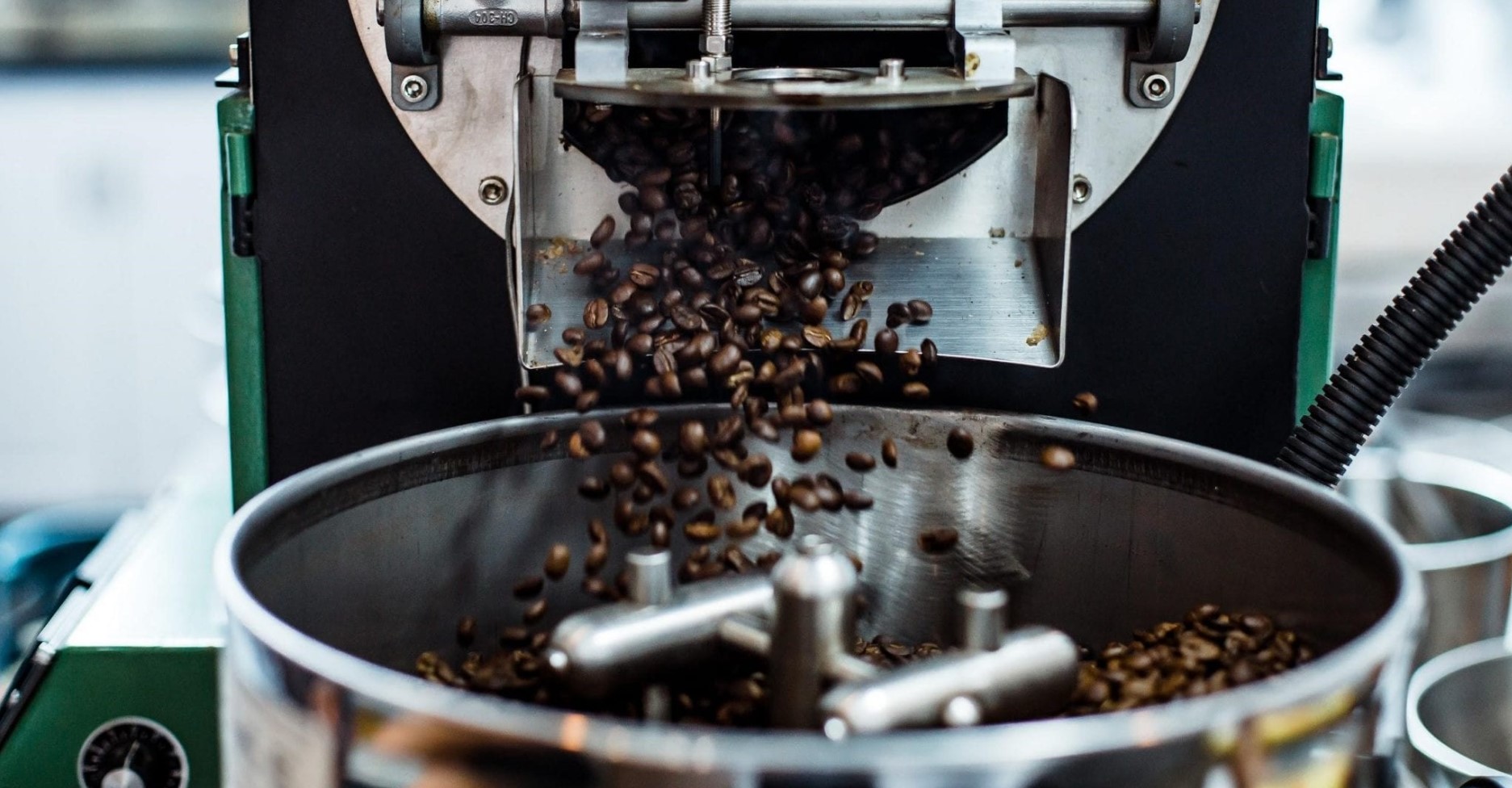Coffee roasting is a captivating process that transforms green coffee beans into the aromatic and flavorful beans we brew into our favorite morning beverage. The magic of coffee roasting lies in a series of complex chemical reactions that occur within the bean, bringing out distinct flavors and aromas.
The Coffee Roasting Process
Before diving into the chemical reactions, let’s briefly explore the coffee roasting process itself.
- Preheating
- The roasting process begins by preheating the roasting chamber, where the green coffee beans will undergo their transformation. The temperature and duration of preheating play a crucial role in determining the final roast profile.
- Drying Phase
- Once the green coffee beans are added to the preheated chamber, the drying phase commences. During this stage, the beans lose their moisture content and undergo physical changes.
- First Crack
- As the temperature continues to rise, an audible cracking sound called the “first crack” is heard. This marks the point at which the beans expand and release trapped carbon dioxide.
- Development Phase
- The development phase is the heart of the roasting process. Here, the beans undergo significant chemical changes, leading to the development of unique flavors.
- Second Crack
- For darker roasts, a “second crack” may occur after the development phase, indicating that the beans have reached a higher level of roasting.
- Cooling Phase
- Finally, the beans are rapidly cooled to halt the roasting process and lock in the flavors developed during roasting.
Maillard Reaction: The Flavor Catalyst
The Maillard reaction is one of the most crucial chemical reactions that occur during coffee roasting.
What is the Maillard Reaction?
The Maillard reaction is a complex chemical process that takes place between amino acids and reducing sugars when exposed to heat. It is responsible for the browning of coffee beans and the creation of a wide range of flavor compounds.
Impact on Coffee Flavor
The Maillard reaction plays a pivotal role in the development of various flavors, including nutty, caramel, and chocolate notes in coffee.
Temperature and Time Influence
The degree of Maillard reaction depends on the roasting temperature and duration, giving roasters control over the final flavor profile.
Caramelization: Adding Sweetness to Coffee
Caramelization is a key chemical reaction that occurs during the coffee roasting process. This reaction involves the breakdown of sugars present in coffee beans when exposed to heat, resulting in the formation of a wide range of flavor compounds that contribute to the sweetness and complexity of coffee.
Understanding Caramelization
During caramelization, the heat causes the sugars in the coffee beans to break down into various compounds. As the sugars undergo thermal decomposition, they undergo a series of complex reactions, resulting in the formation of new compounds with distinct flavors.
Impact on Coffee Flavor
Caramelization plays a crucial role in the development of the sweetness that we associate with a well-roasted coffee. The compounds formed during this reaction add delightful sweetness to the coffee brew, balancing out the acidity and bitterness.
Roasting and Caramelization
The degree of caramelization depends on the roasting time and temperature. Lighter roasts typically preserve more of the original sugars, leading to a coffee with a bright and crisp flavor profile. On the other hand, darker roasts undergo more caramelization, producing deeper and richer sweetness, but with a slight reduction in acidity.
Caramelization in Coffee Roasting
| Roast Level | Caramelization Degree | Flavor Profile |
| Light Roast | Low | Bright, Crisp, Subtle Sweetness |
| Medium Roast | Moderate | Balanced, Smooth, Sweet |
| Dark Roast | High | Rich, Bold, Pronounced Sweetness |
The table above illustrates how different roast levels affect the degree of caramelization and subsequently influence the flavor profile of the coffee.
Maximizing Caramelization
Roasters can influence the degree of caramelization by carefully controlling the roasting temperature and time. Longer roasting times and higher temperatures promote more caramelization, leading to a sweeter and richer flavor. However, it’s essential to strike the right balance to avoid excessive bitterness and ensure the coffee’s overall taste remains harmonious.
Enhancing Coffee Quality
Caramelization is one of the essential processes that transform green coffee beans into the aromatic and flavorful beans we love. The delicate balance between caramelization, acidity, and bitterness is what creates the unique and diverse flavors found in different coffee varieties worldwide.
Caramelization is a vital chemical reaction in the coffee roasting process, contributing to the sweetness and complexity of our favorite brew. Understanding the impact of caramelization allows us to appreciate the nuances of coffee flavor and choose the roast level that best suits our palate preferences.
In conclusion, understanding the chemical reactions involved in coffee roasting gives us a deeper appreciation for the intricate flavors and aromas present in our daily cup of coffee. From the Maillard reaction to caramelization, each step in the roasting process contributes to the uniqueness of the final brew.
FAQs
- Does coffee roasting remove caffeine? No, coffee roasting does not remove caffeine. However, it can affect the perception of caffeine in the final cup.
- What is the best roast level for espresso? The ideal roast level for espresso varies depending on personal preference, but many baristas prefer a medium-dark roast for its balance of acidity and sweetness.
- Can coffee roasting be done at home? Yes, coffee roasting can be done at home using various methods, such as air roasting or stovetop roasting.
- Do different coffee origins affect the roasting process? Yes, coffee beans from different origins can have unique characteristics that influence the roasting process and final flavor.
- How long do roasted coffee beans stay fresh? Roasted coffee beans are best consumed within two to four weeks of roasting to enjoy their full flavor potential.

